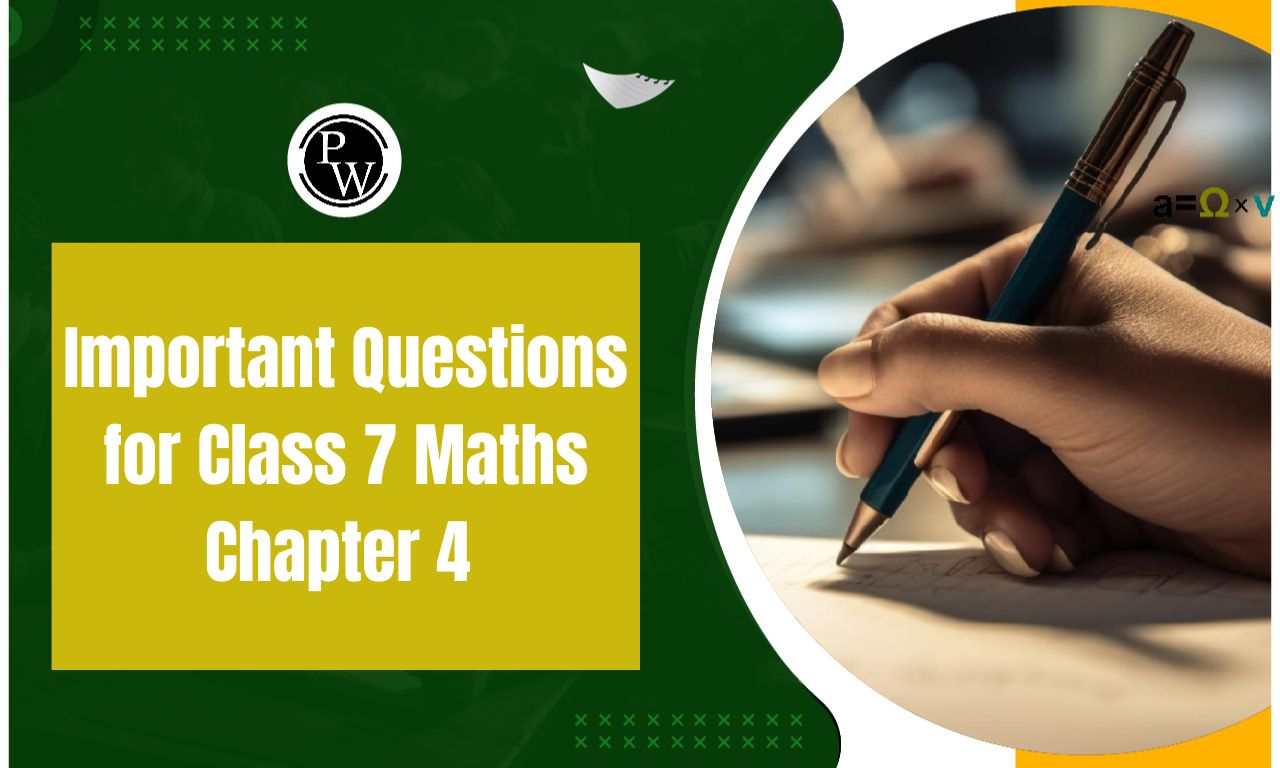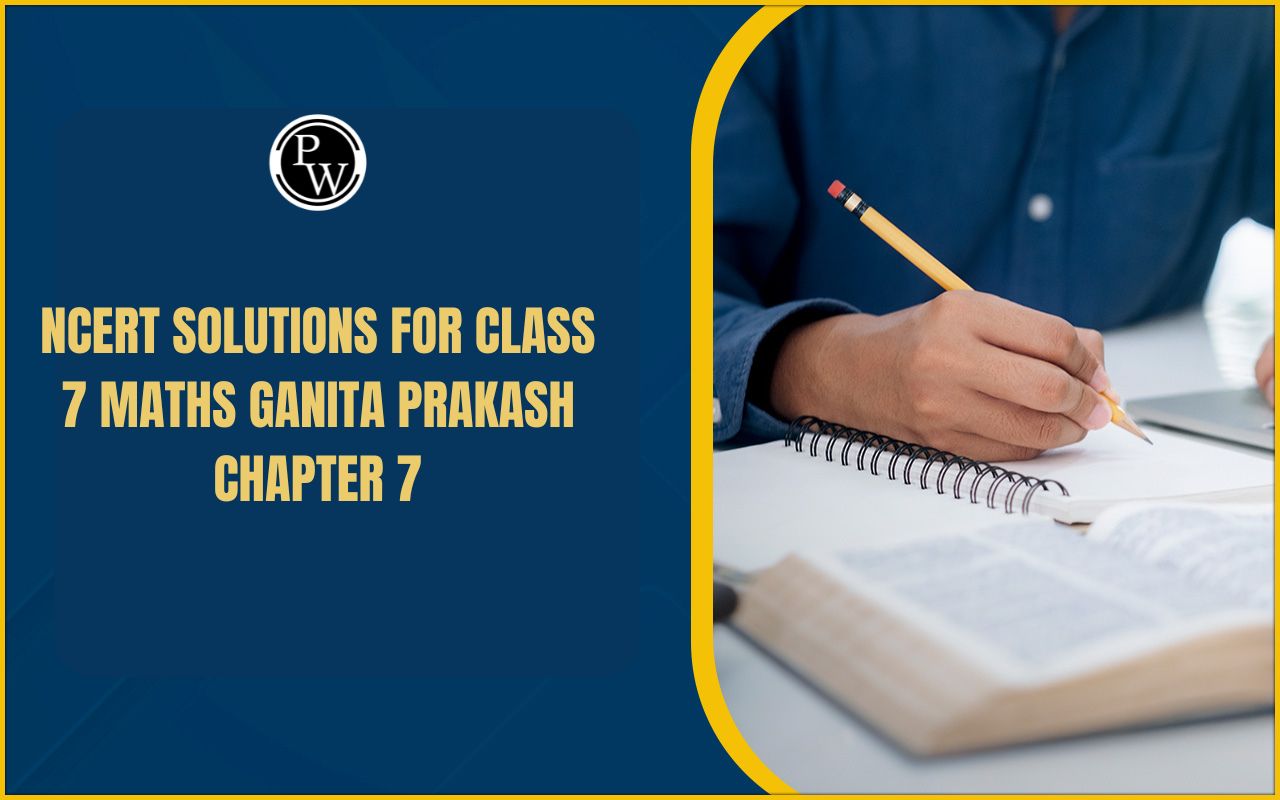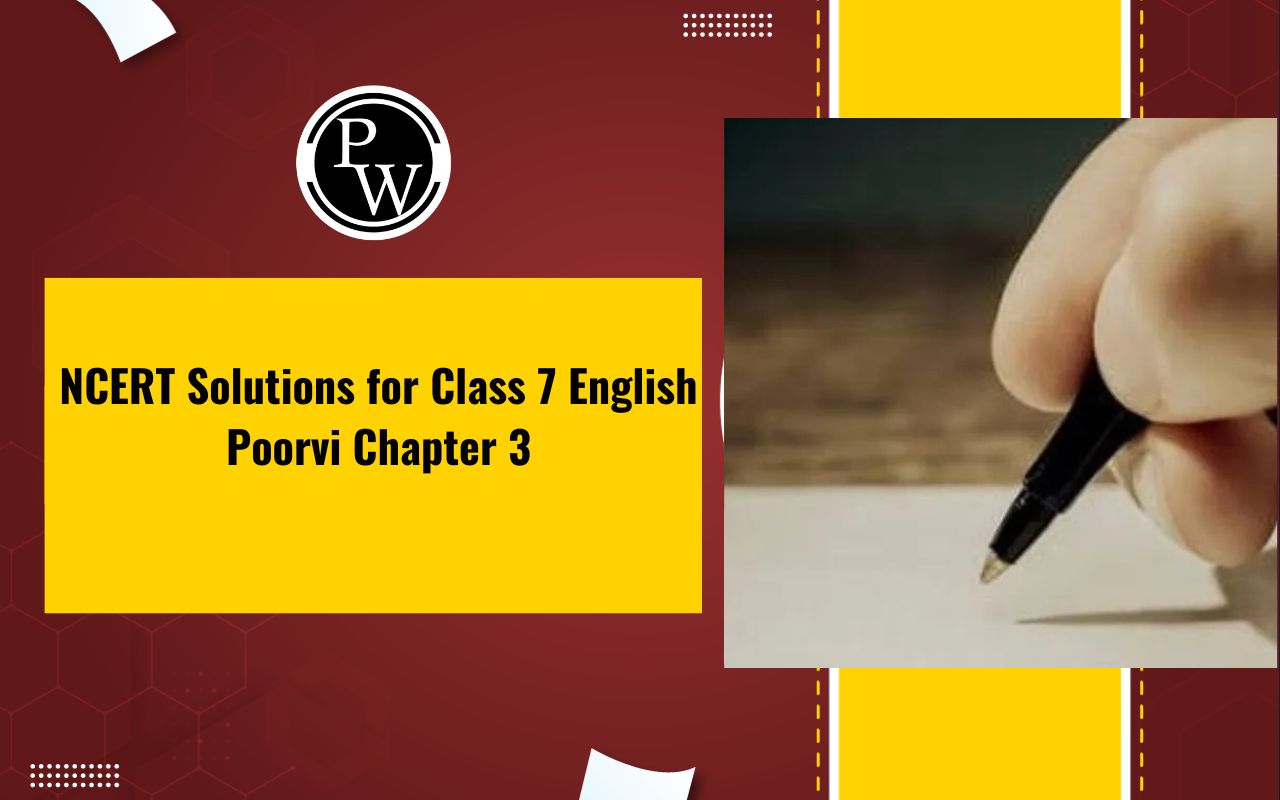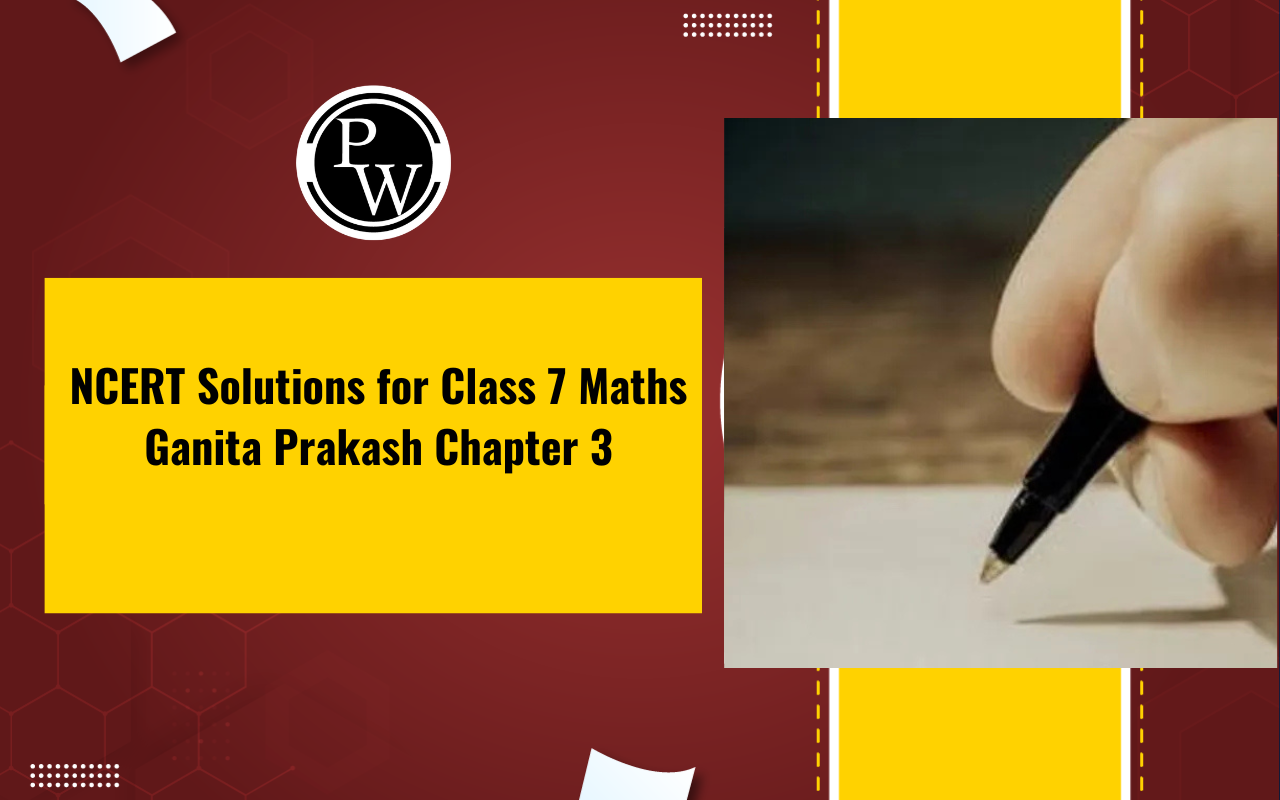

Important Questions for Class 7 Maths Chapter 4: Chapter 4, Simple Equations, introduces students to the fundamental concept of forming and solving equations. It covers essential topics such as understanding variables, constants, and algebraic expressions, and teaches how to solve equations step-by-step using balancing methods. The chapter includes practical applications through word problems, helping students connect equations to real-life scenarios.
Important Questions for Class 7 Maths Chapter 4 often focus on forming equations from given situations, solving for unknowns, and verifying solutions. These problems enhance logical thinking and problem-solving skills, laying a strong foundation for algebra. Mastering this chapter prepares students for advanced mathematical concepts in higher classes.Important Questions for Class 7 Maths Chapter 4 Overview
Chapter 4, Simple Equations, is vital for building a foundation in algebra. It focuses on solving equations involving variables, constants, and operations, and translating word problems into equations. Important Questions for Class 7 Maths Chapter 4 emphasizes logical thinking and problem-solving skills, which are essential for tackling real-life scenarios and advanced math topics. Important questions from this chapter help students practice forming equations, solving for unknowns, and verifying solutions. Mastery of these concepts ensures better understanding and confidence in handling algebraic problems in future studies.Important Questions for Class 7 Maths Chapter 4 PDF
Chapter 4, Simple Equations, focuses on solving equations and understanding their practical applications. To help students practice effectively, we have provided a PDF below with important questions. Important Questions for Class 7 Maths Chapter 4 are carefully selected to enhance problem-solving skills and build a strong foundation in algebra for future classes.Important Questions for Class 7 Maths Chapter 4 PDF
Important Questions for Class 7 Maths Chapter 4 Simple Equations
Below is the Important Questions for Class 7 Maths Chapter 4 Simple Equations -Question 1. Check whether the given value in the brackets is the correct solution to the below-given equation or not:
(a) n + 5 = 19 (n = 1) Answer 1.: LHS = n + 5 By substituting the value of n = 1 Then we get, LHS = n + 5 = 1 + 5 = 6 By comparing the LHS and RHS 6 ≠ 19 LHS ≠ RHS Hence we get that the value of n = 1 is not the solution to the given equation above n + 5 = 19. (b) 7n + 5 = 19 (n = – 2) Answer : LHS = 7n + 5 Now, by substituting the value of n = -2 Then we get, LHS = 7n + 5 = (7 × (-2)) + 5 = – 14 + 5 = – 9 By comparing the LHS and RHS -9 ≠ 19 LHS ≠ RHS Hence we know that the value of n = -2 is not the solution to the above-given equation 7n + 5 = 19. (c) 7n + 5 = 19 (n = 2) Answer: LHS = 7n + 5 By substituting the value of n as = 2 Then, LHS = 7n + 5 = (7 × (2)) + 5 = 14 + 5 = 19 By comparing both the LHS and the RHS 19 = 19 LHS = RHS Hence, the value of n = 2 is the solution to the given equation is 7n + 5 = 19. (d) 4p – 3 = 13 (p = 1) Answer: LHS = 4p – 3 By substituting the value of p = 1 Then, LHS = 4p – 3 = (4 × 1) – 3 = 4 – 3 = 1 By comparing both the LHS and the RHS 1 ≠ 13 LHS ≠ RHS Hence then, the value of p = 1 is not the solution to the above-given equation 4p – 3 = 13. (e) 4p – 3 = 13 (p = – 4) Answer: LHS = 4p – 3 By substituting the value of p as = – 4 Then, LHS = 4p – 3 = (4 × (-4)) – 3 = -16 – 3 = -19 By comparing both the LHS and the RHS -19 ≠ 13 LHS ≠ RHS Hence then, the value of p = -4 is not the solution to the above-given equation 4p – 3 = 13. (f) 4p – 3 = 13 (p = 0) Answer: LHS = 4p – 3 By substituting the value of p = 0 Then, LHS = 4p – 3 = (4 × 0) – 3 = 0 – 3 = -3 By comparing the LHS and RHS – 3 ≠ 13 LHS ≠ RHS Hence then, the value of p = 0 is not the solution to the above-given equation 4p – 3 = 13.Question 2. Solve the following equations by the trial and error method:
(i) 5p + 2 = 17 Answer: LHS = 5p + 2 By substituting the value of p as = 0 Then, LHS = 5p + 2 = (5 × 0) + 2 = 0 + 2 = 2 By comparing both the LHS and RHS 2 ≠ 17 LHS ≠ RHS Hence then, the value of p = 0 is not the solution to the above-given equation. Let, p = 1 LHS = 5p + 2 = (5 × 1) + 2 = 5 + 2 = 7 By comparing the LHS and the RHS 7 ≠ 17 LHS ≠ RHS Hence then, the value of p = 1 is not the solution to the above-given equation. Let, p = 2 LHS = 5p + 2 = (5 × 2) + 2 = 10 + 2 = 12 By comparing both the LHS and the RHS 12 ≠ 17 LHS ≠ RHS Hence then, the value of p = 2 is not the solution to the above-given equation. Let, p = 3 LHS = 5p + 2 = (5 × 3) + 2 = 15 + 2 = 17 By comparing both the LHS and the RHS 17 = 17 LHS = RHS Hence, the value of p = 3 is the solution given to the given equation. (ii) 3m – 14 = 4 Answer: LHS = 3m – 14 By substituting the value of m as = 3 Then, LHS = 3m – 14 = (3 × 3) – 14 = 9 – 14 = – 5 By comparing both the LHS and the RHS -5 ≠ 4 LHS ≠ RHS Hence then, the value of m = 3 is not the solution to the above-given equation. Let, m = 4 LHS = 3m – 14 = (3 × 4) – 14 = 12 – 14 = – 2 By comparing both the LHS and the RHS -2 ≠ 4 LHS ≠ RHS Hence then, the value of m = 4 is not the solution to the above-given equation. Let, m = 5 LHS = 3m – 14 = (3 × 5) – 14 = 15 – 14 = 1 By comparing both the LHS and the RHS 1 ≠ 4 LHS ≠ RHS Hence then, the value of m = 5 is not the solution to the above-given equation. Let, m = 6 LHS = 3m – 14 = (3 × 6) – 14 = 18 – 14 = 4 By comparing both the LHS and RHS 4 = 4 LHS = RHS Hence, the value of m = 6 is the solution to the above-given equation.Question 3. Write the equations for the following statements:
(i) The sum of the numbers x and 4 is 9. Answer: The above statement can also be written in the equation form as, = x + 4 = 9 (ii) 2 subtracted from y is 8. Answer: The above statement can also be written in the equation form as, = y – 2 = 8 (iii) Ten times a is 70. Answer: The above statement can also be written in the equation form, = 10a = 70 (iv) The number b, when divided by 5, gives 6. Answer: The above statement can also be written in the equation form as, = (b/5) = 6 (v) Three-fourths of t is 15. Answer: The above statement can also be written in the equation form, = ¾t = 15 (vi) Seven times m plus seven will get you 77. Answer: The above statement can also be written in the equation form, Seven times m will be 7m = 7m + 7 = 77 (vii) One-fourth of the number x minus 4 gives 4. Answer: The above statement can also be written in the equation form, One-fourth of the number x is x/4. = x/4 – 4 = 4 (viii) If you take away six from 6 times y, you get 60. Answer: The above statement can also be written in the equation form as, Six times y is 6y. = 6y – 6 = 60 (ix) If you add 3 to the one-third of z, you get 30. Answer: The above statement can also be written in the equation form as, One-third of z is z/3. = 3 + z/3 = 30Question 4. Set up an equation form in the following cases given below:
(i) Irfan says that he has seven marbles, more than five times the marbles Permit has. Irfan has 37 marbles. (Take m to be the number of Permit’s marbles.) Answer : From the question, it is given that, Number of Permit’s marbles = m Then, Irfan has seven marbles, more than five times the marbles Permit has = 5 × Number of Permit’s marbles + 7 = Total number of the marbles Irfan having = (5 × m) + 7 = 37 = 5m + 7 = 37 (ii) Laxmi’s father is 49 years old. He is four years older than Laxmi three times. (Take Laxmi’s age to be y years.) Answer : From the question, it is given that, Let Laxmi’s age be = y years old. Then, Lakshmi’s father is four years older than three times her age. = 3 × Laxmi’s age + 4 = Age of her father = (3 × y) + 4 = 49 = 3y + 4 = 49 (iii) A teacher tells her class that the highest marks obtained by a student in the class are twice the lowest marks obtained plus 7. The highest score is 87. (Take the lowest score to be denoted as l.) Answer: From the question, it is given that, Highest score in the class = 87 Let the lowest score be equal to the l = 2 × Lowest score + 7 = Highest score in class = (2 × l) + 7 = 87 = 2l + 7 = 87 (iv) In the isosceles triangle, the vertex angle is twice the base angle. (Let the base angle be denoted as b in degrees. Remember that the sum of the angles of the triangle is 180 degrees). Answer: From the above question, it is given that, We know that the total sum of angles of a triangle is 180o. Let the base angle be b Then, Vertex angle = 2 × base angle = 2b = b + b + 2b = 180o = 4b = 180o Question 5. Write the following equations in statement forms: (i) p + 4 = 15 Answer: The sum of the numbers p and 4 is 15. (ii) m – 7 = 3 Answer: Seven subtracted from m is 3. (iii) 2m = 7 Answer: Twice of number m is 7. (iv) m/5 = 3 Answer: The number m divided by the number 5 gives 3. (v) (3m)/5 = 6 Answer: Three-fifth of m is 6. (vi) 3p + 4 = 25 Answer: Three times p plus four will give you 25. (vii) 4p – 2 = 18 Answer: Four times p minus 2 gives you the number 18. (viii) p/2 + 2 = 8 Answer: If you add half of the number p to 2, you get 8.Question 6. Give the steps which are used to separate the variable and then solve the equation:
(a) 3n – 2 = 46 Answer : First, we have to add two to both the side of the equation, Then, we receive, = 3n – 2 + 2 = 46 + 2 = 3n = 48 Now, We have to divide both of these sides of the equation by 3, Then, we get, = 3n/3 = 48/3 = n = 16 (b) 5m + 7 = 17 Answer : First, we have to subtract seven from the both sides of the equation, Then, we receive, = 5m + 7 – 7 = 17 – 7 = 5m = 10 Now, We have to divide both these sides of the equation by 5, Then, we receive, = 5m/5 = 10/5 = m = 2 (c) 20p/3 = 40 Answer: First, we have to multiply both of these sides of the equation by 3, Then, we get, = (20p/3) × 3 = 40 × 3 = 20p = 120 Now, We have to divide both of these sides of the equation by 20, Then, we receive, = 20p/20 = 120/20 = p = 6 (d) 3p/10 = 6 Answer: First, we have to multiply both of these sides of the equation by 10, Then, we receive, = (3p/10) × 10 = 6 × 10 = 3p = 60 Now, We have to divide both of these sides of the equation by 3, Then, we get, = 3p/3 = 60/3 = p = 20Question 7. Solve the following equations:
(a) 10p = 100 Answer: Now, We have to divide both of these sides of the equation by 10, Then, we get, = 10p/10 = 100/10 = p = 10 (b) 10p + 10 = 100 Answer: Firstly we have to subtract 10 from both sides of the following equation, Then, we get, = 10p + 10 – 10 = 100 – 10 = 10p = 90 Now, We have to divide both of these sides of the equation by 10, Then, we get, = 10p/10 = 90/10 = p = 9 (c) p/4 = 5 Answer: Now, We have to multiply both of these sides of the equation by 4, Then, we get, = p/4 × 4 = 5 × 4 = p = 20 (d) – p/3 = 5 Answer: Now, We have to multiply both of these sides of the equation by – 3, Then, we receive, = – p/3 × (- 3) = 5 × (- 3) = p = – 15 (e) 3p/4 = 6 Answer: First, we have to multiply both of these sides of the equation by 4, Then, we get, = (3p/4) × (4) = 6 × 4 = 3p = 24 Now, We have to divide both of these sides of the equation by 3, Then, we get, = 3p/3 = 24/3 = p = 8 (f) 3s = – 9 Answer: Now, We have to divide both of these sides of the equation by 3, Then, we get, = 3s/3 = -9/3 = s = -3 (g) 3s + 12 = 0 Answer: First, we have to subtract the number 12 from the both sides of the equation, Then, we get, = 3s + 12 – 12 = 0 – 12 = 3s = -12 Now, We have to divide both of these sides of the equation by 3, Then, we get, = 3s/3 = -12/3 = s = – 4 (h) 3s = 0 Answer: Now, We have to divide both of these sides of the equation by 3, Then, we get, = 3s/3 = 0/3 = s = 0 (i) 2q = 6 Answer: Now, We have to divide both of these sides of the equation by 2, Then, we get, = 2q/2 = 6/2 = q = 3 (j) 2q – 6 = 0 Answer: Firstly we have to add 6 to both the sides of the following equation, Then, we get, = 2q – 6 + 6 = 0 + 6 = 2q = 6 Now, We have to divide both of these sides of the equation by 2, Then, we get, = 2q/2 = 6/2 = q = 3 (k) 2q + 6 = 0 Answer : First, we have to subtract the number 6 from the both sides of the following equation, Then, we get, = 2q + 6 – 6 = 0 – 6 = 2q = – 6 Now, We have to divide both of these sides of the equation by the number 2, Then, we get, = 2q/2 = – 6/2 = q = – 3 (l) 2q + 6 = 12 Answer: First, we have to subtract the number 6 to the both sides of the following equation, Then, we get, = 2q + 6 – 6 = 12 – 6 = 2q = 6 Now, We have to divide both of these sides of the equation by 2, Then, we get, = 2q/2 = 6/2 = q = 3Question 8. Solve the following equations:
(a) 2y + (5/2) = (37/2) Answer: By transposing the fraction (5/2) from LHS to RHS, so it becomes -5/2 Then, = 2y = (37/2) – (5/2) = 2y = (37-5)/2 = 2y = 32/2 Now, Divide both the side by the number 2, = 2y/2 = (32/2)/2 = y = (32/2) × (1/2) = y = 32/4 = y = 8 (b) 5t + 28 = 10 Answer : By transposing 28 from the LHS to RHS, it becomes -28 Then, = 5t = 10 – 28 = 5t = – 18 Now, Dividing both these sides by 5, = 5t/5= -18/5 = t = -18/5 (c) (a/5) + 3 = 2 Answer: By transposing three from the LHS to RHS, it becomes -3 Then, = a/5 = 2 – 3 = a/5 = – 1 Now, Multiply both these sides by 5, = (a/5) × 5= -1 × 5 = a = -5 (d) (q/4) + 7 = 5 Answer: By transposing the number 7 from the LHS to RHS, it becomes -7 Then, = q/4 = 5 – 7 = q/4 = – 2 Now, Multiply both these sides by 4, = (q/4) × 4= -2 × 4 = a = -8 (e) (5/2) x = -5 Answer: First, we have to multiply both these sides by 2, = (5x/2) × 2 = – 5 × 2 = 5x = – 10 Now, We have to divide both these sides by 5, Then we get, = 5x/5 = -10/5 = x = -2 (f) (5/2) x = 25/4 Answer: First, we have to multiply both these sides by 2, = (5x/2) × 2 = (25/4) × 2 = 5x = (25/2) Now, We have to divide both these sides by 5, Then we get, = 5x/5 = (25/2)/5 = x = (25/2) × (1/5) = x = (5/2)Question 9. Solve the following equations:
(a) 2(x + 4) = 12 Answer: Let us divide both these sides by 2, = (2(x + 4))/2 = 12/2 = x + 4 = 6 By transposing four from the LHS to RHS, it becomes -4 = x = 6 – 4 = x = 2 (b) 3(n – 5) = 21 Answer: Let us divide both these sides by 3, = (3(n – 5))/3 = 21/3 = n – 5 = 7 By transposing -5 from the LHS to the RHS, it becomes 5 = n = 7 + 5 = n = 12 (c) 3(n – 5) = – 21 Answer: Let us divide both these sides by 3, = (3(n – 5))/3 = – 21/3 = n – 5 = -7 By transposing -5 from the LHS to the RHS, it becomes 5 = n = – 7 + 5 = n = – 2 (d) – 4(2 + x) = 8 Answer: Let us divide both these sides by -4, = (-4(2 + x))/ (-4) = 8/ (-4) = 2 + x = -2 By transposing two from the LHS to the RHS, it becomes – 2 = x = -2 – 2 = x = – 4 (e) 4(2 – x) = 8 Answer: Let us divide both these sides by 4, = (4(2 – x))/ 4 = 8/ 4 = 2 – x = 2 By transposing the number 2 from the LHS to the RHS, it becomes – 2 = – x = 2 – 2 = – x = 0 = x = 0Benefits of Using Important Questions for Class 7 Maths Chapter 4
Concept Clarity: Helps students understand the formation and solution of equations step-by-step.
Enhanced Problem-Solving Skills: Strengthens logical thinking and analytical abilities through practice.
Exam Preparation: Covers frequently asked and important questions, ensuring better performance in exams.
Practical Application: Connects equations to real-life scenarios, making learning more meaningful.
Foundation for Algebra: Builds a strong base for advanced algebra topics in higher classes.
Confidence Boost: Regular practice instills confidence in solving algebraic problems efficiently.
Important Questions for Class 7 Maths Chapter 4 FAQs
What is the rule for simple equations?
What is the other name of simple equation?
How to identify a simple equation?
What is the main purpose of equations?












